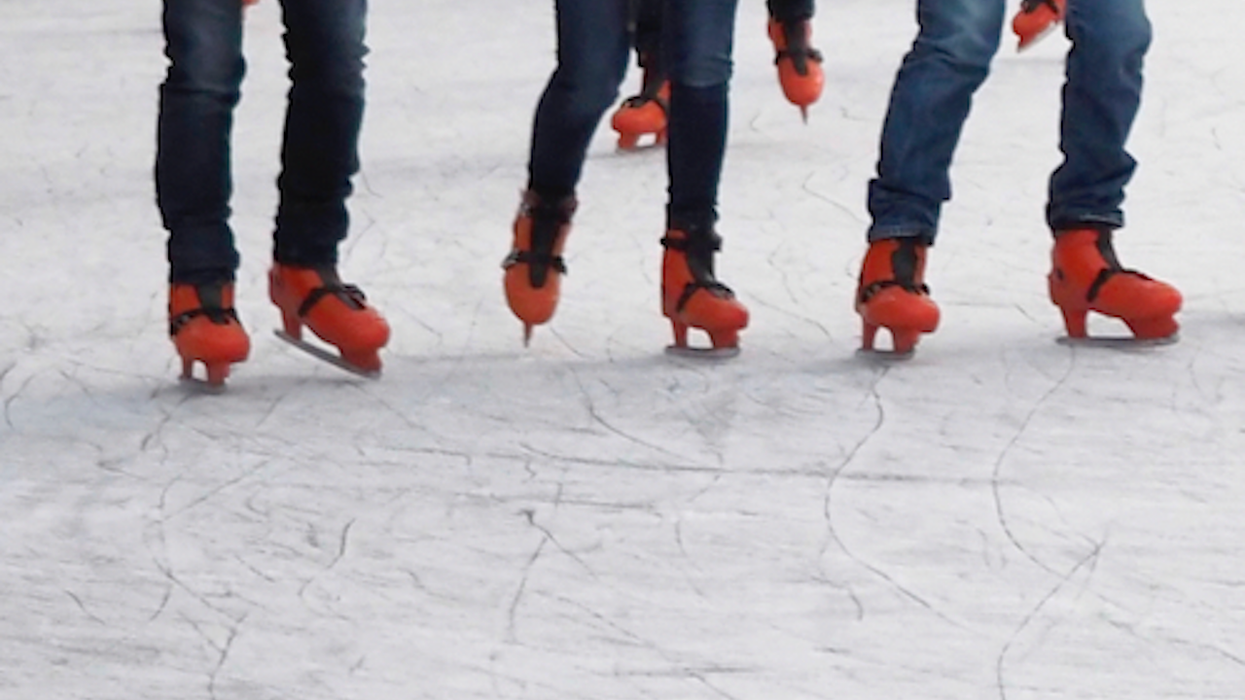
© 2025 Blaze Media LLC. All rights reserved.
"...counterinsurgency techniques used by the US Army in Afghanistan may soon be in operation in the urban streets of mainland USA."
What was once technology used by the military to track insurgents in the Middle East is now being modified and brought back home to track gangs on U.S. soil.
 The U.S. Army is helping develop a tool for local law enforcement that modifies counterinsurgency software to analyze data about U.S. gangs. (Image: Shutterstock.com)
The U.S. Army is helping develop a tool for local law enforcement that modifies counterinsurgency software to analyze data about U.S. gangs. (Image: Shutterstock.com)
According to MIT's Technology Review, software for counter-insurgency initially drew connections between the people involved with the making and movement of bombs in Afghanistan was then modified by West Point cadets and officers led by Damon Paulo into an intelligence tool for law enforcement.
The Organization, Relationship and Contact Analyzer (ORCA) "is designed to address several police analytical needs concerning street gangs using new techniques in social network analysis," the paper about the tool published late last month stated.
It can evaluate a person's "degree of membership," even identifying people who might not have even admitted being a part of a gang, based on connections with other people. It can also identify sets of more "influential individuals" in a gang. Technology Review included that it can narrow down sub-groups in gangs like "'corner crews' that deal in drugs at the corners of certain streets within their area" and identify who might be facilitators between one gang to another.
Here's more from Technology Review about the tracking tool:
Paulo and co have tested the software on a police dataset of more than 5400 arrests over a three-year period. They judge individuals to be linked in the network if they are arrested at the same time.This dataset revealed over 11,000 relationship among. From this, ORCA created a social network consisting of 1468 individuals who are members of 18 gangs. It was also able to identify so-called “seed sets”, small groups within a gang who are highly connected and therefore highly influential.
This approach has also highlighted another aspect of gang culture. The size of the seed sets varies from one gang to another and this turns out to be a useful measure of how [centralized] the [organization] is. Gangs with smaller seed sets are clearly more [centralized].
What’s more, ORCA also shows that [decentralized] gangs have more clearly defined subgroups, such as corner crews. So this feature, known as modularity, is another measure of [centralization].
“Police officers working in the district have told us that gangs of Racial Group A are known for a more centralized organizational structure while gangs of Racial Group B have adopted a decentralized model,” say Paulo and co adding that the results of their analysis seem to clearly show this.
Perhaps most impressive of all, Paulo and co say they did all of the number crunching for this dataset on a standard Windows 8 laptop in just 34 seconds.
"We have shown how ORCA can meet various police analysis needs to include determining degree for gang members of unknown affiliation, identifying sets of influential individuals in a gang, and finding and analyzing the sub-organizations of a gang to determine inter/intra-group relationships," the study concluded.
The tool developers' next step is to build in location and timing analysis. So far, the unnamed metropolitan police department that worked with the U.S. Military Academy team, providing them anonymized data to help develop the tool, is using it to analyze gang activity in one district.
"All that means that the counterinsurgency techniques used by the US Army in Afghanistan may soon be in operation in the urban streets of mainland USA," Technology Review stated.
(H/T: Gizmodo)
--
[related]
Want to leave a tip?
We answer to you. Help keep our content free of advertisers and big tech censorship by leaving a tip today.
Want to join the conversation?
Already a subscriber?
more stories
Sign up for the Blaze newsletter
By signing up, you agree to our Privacy Policy and Terms of Use, and agree to receive content that may sometimes include advertisements. You may opt out at any time.
Related Content
© 2025 Blaze Media LLC. All rights reserved.
Get the stories that matter most delivered directly to your inbox.
By signing up, you agree to our Privacy Policy and Terms of Use, and agree to receive content that may sometimes include advertisements. You may opt out at any time.





